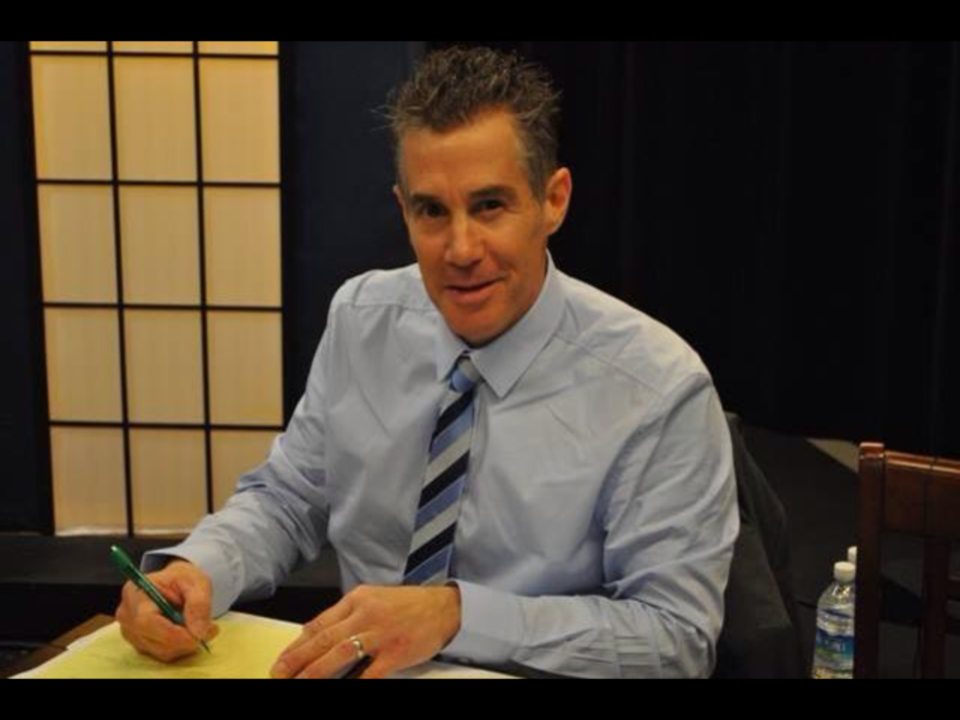
These are unprecedented times. I know you’ve heard that phrase and seen it in print dozens, if not hundreds of times over the past four weeks, and you are most likely sick of hearing it.
I can confirm, though, that in my 28-year career as a secondary school teacher, I’ve never experienced a school year such as this one.
When the Ministry of Education announced on March 12 that Ontario’s publicly funded schools would remain closed for two weeks following March Break, students everywhere were smiling.
There weren’t too many teachers happy about the news, though.
In a school year filled with labour strife, there had already been too many days missed with rotating strikes. Adding another 10 days off would force us to scramble even harder to deliver important curricula.
And when Education Minister Stephen Lecce announced that the closure would extend to at least May 4, students started seriously fretting about losing their year or, in the case of high school, their semester.
With social distancing in effect, the Class of 2020 graduates shared their anxiety over their social media accounts.
“What will this mean to my university or college acceptances?”
“I can’t believe I can’t see my friends in the last few months of high school.”
“What about prom?”
If you have school-aged children, some time during those two weeks off you may have heard your child say “I miss school.” I know I have.
So, it was a relief in many ways when Lecce announced a continuation of learning with online lessons to begin April 6.
Oh, the irony!
At the secondary school level, one of the biggest sticking points in contract negotiations between the Province and the Ontario Secondary School Teachers Federation (OSSTF) has been mandatory e-learning. Now, one of the major bones of contention was necessarily becoming the solution in COVID-19 times.
E-learning has been available, at least at the high school level, for many years. It can be a viable solution for those students who feel anxiety stepping into a crowded classroom. As well, in some smaller schools, it can make it possible for students to enrol in classes not offered at their site.
For many years now, I have used our District School Board of Niagara online platform, Desire 2 Learn (D2L), to post every lesson I deliver in class. It is an important tool to support what I teach in person during the school day.
But it takes a disciplined student to get through an e-learning course successfully. Many who thrive in a traditional classroom stumble online. And, believe it or not, there are many students in Niagara without access to reliable equipment and internet to participate in online learning effectively.
Nothing can truly take the place of face-to-face learning. Online courses take the human element out of the equation, and for me, that has always been the most important element in any class I have taught.
Here we are now, with schools closed, and some form of online learning being the only option for continuing to teach students.
Teachers in the DSBN spent the week before April 6 contacting students and parents, with two goals in mind: to ensure they knew about the online plan, and to gauge their need for technology.
At Laura Secord Secondary School, where I teach, that resulted in a list of more than 90 students, or about 15 per cent of our student body, with some form of technology shortcoming at home. It pretty much proved the OSSTF’s point about equity related to mandatory e-learning courses.
But kudos to the school boards across the province, who stepped up, rallying together to collect and distribute chromebooks, laptops and other equipment to students who needed it. And to the teachers as well, who made every effort to contact their students to get them all on board for the continuation of learning.
Beginning this past Monday, teachers of all grades began stepping out of their comfort zones, learning new techniques and placing lessons online for students to access.
Will it be successful? It remains to be seen, but it’s the only option right now.
It’s a new frontier for both educators and students. No one can predict when a return to school will actually happen. But for the time being, teachers, school boards and the government are all working together to accomplish what each has been claiming to want all along - to do what’s best for students.


